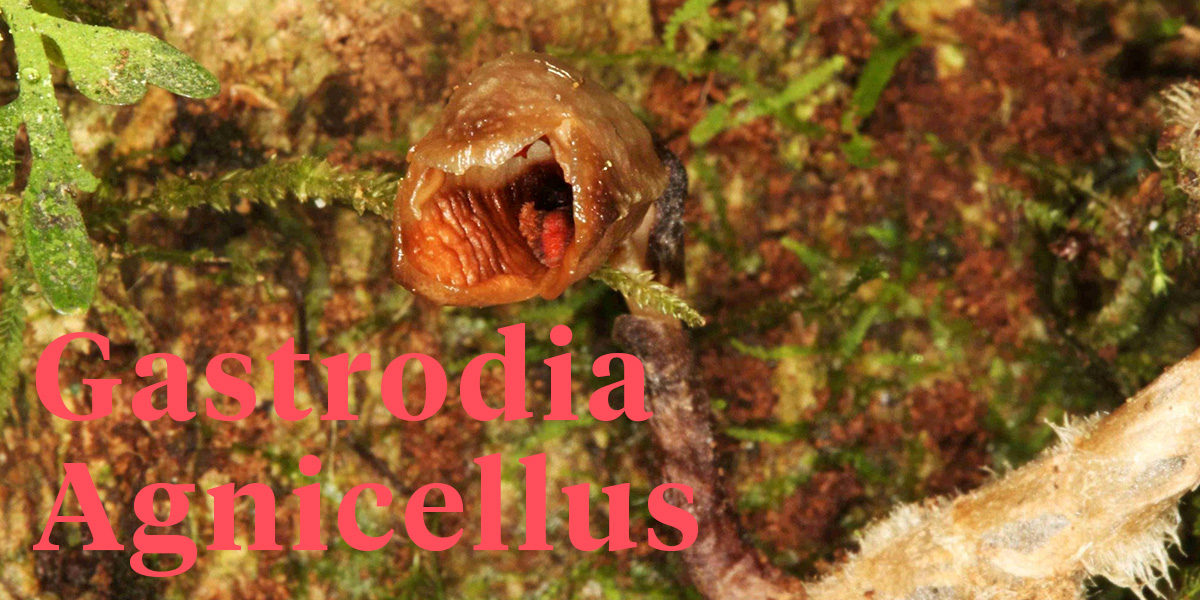This year 156 plant and fungal species were named by Kew scientists and our partners worldwide. Among these are some amazing new finds for science, each with its own unique qualities and potential for humanity. Some could provide vital income to communities while others may have the potential to be developed into future food or medicine. Orchids are often thought of as beautiful, delicate, and vibrant — but a newly identified plant might just change your mind: gastrodia agnicellus, re-baptized to 'the ugliest orchid in the world'. 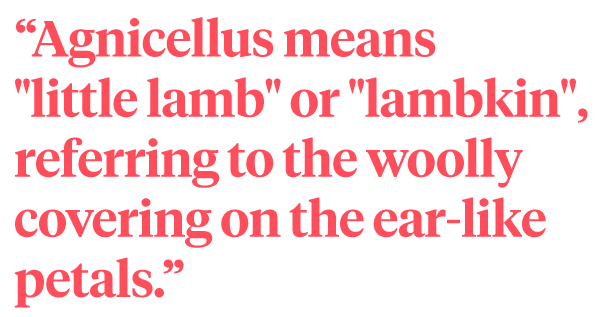
Small, Brown, and Rather Ugly
Most people think of orchids as showy, vibrant, and beautiful, but gastrodia agnicellus, newly named this year from a forest in Madagascar, is quite the opposite. The 11mm flowers of this orchid are small, brown, and rather ugly. The flower has "a noticeable musk rose-like scent", according to some scientists.
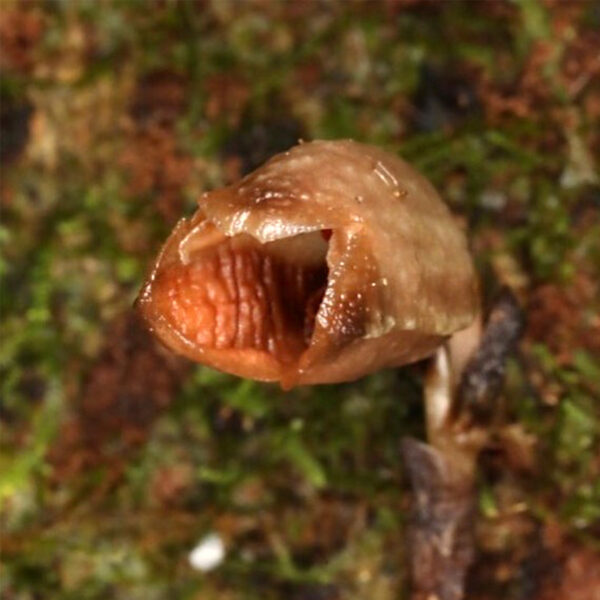
Fungi for Nutrition
After gastrodia agnicellus is pollinated, presumably by flies, the stalks grow, holding the fruits well above the forest floor so that the dust-like seeds can better disperse. The orchid depends on fungi for nutrition and has no leaves or any other photosynthetic tissue.
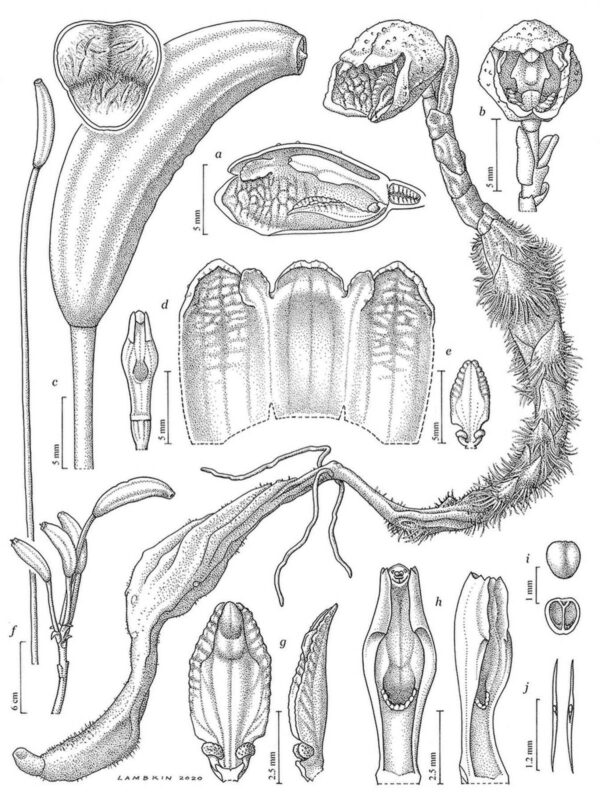 Deborah Lambkin
Deborah Lambkin
Little Lamb
The name of the species "refers to the woolly covering on the rhizome, the ear-like petals and also alludes to the name of a botanical artist, Deborah Lambkin, who brought the new species to life in her drawing for the Royal Horticultural Society." Agnicellus means "little lamb" or "lambkin".
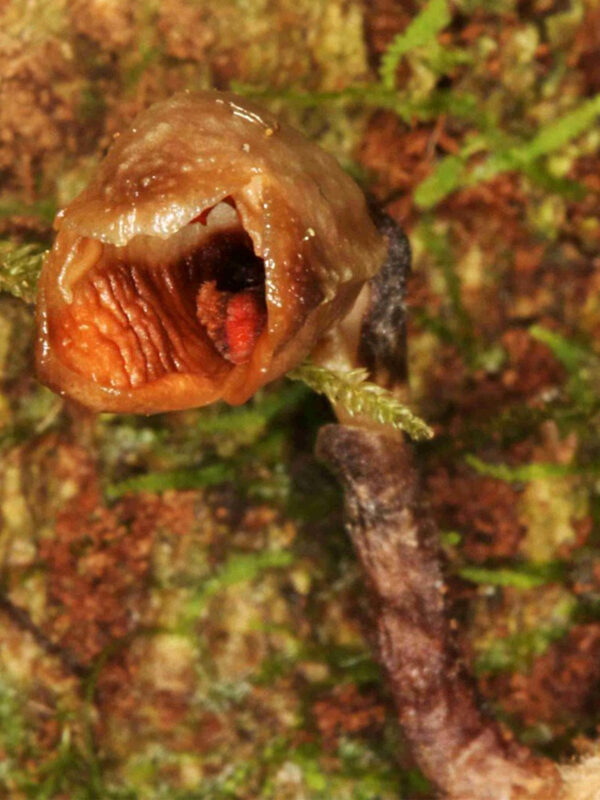
Threatened Species
The new orchid has been assessed as threatened, but with a small range occurring within an already protected national park, the plants do have some protection for now. One million of the planet’s eight million species are threatened with extinction by humans, a UN committee warned last year, adding that “transformative change” was needed to save the planet.

